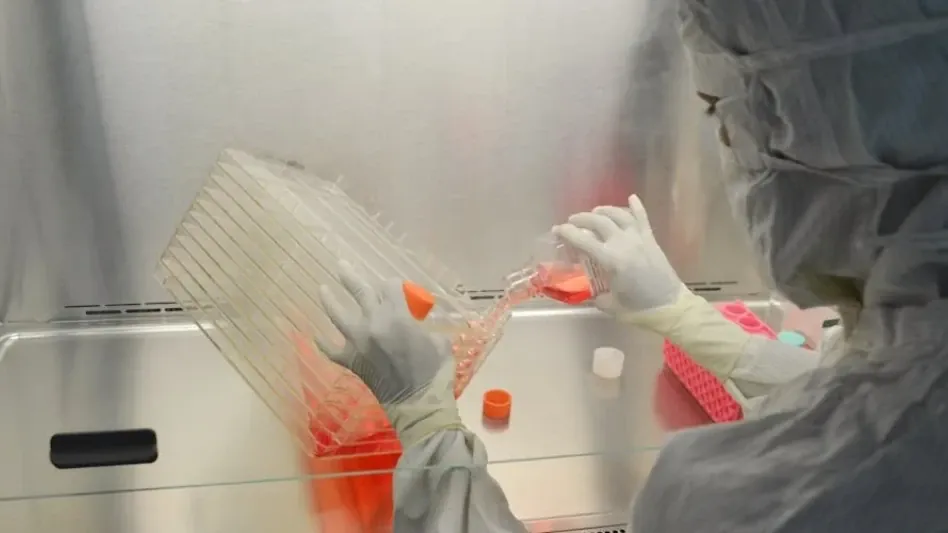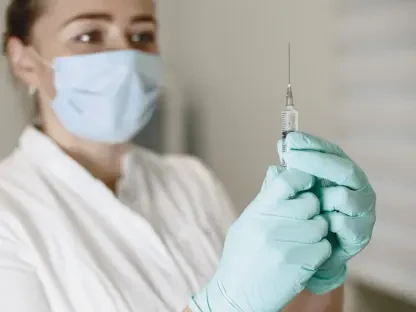The Biden Administration has launched the Cell and Gene Therapy Access Model (CGTAM) aimed at enhancing patient access to cell and gene therapies, with an initial focus on treatments for sickle cell disease. This initiative emerged following agreements between CMS and the manufacturers of two gene therapies – Vertex’s Casgevy and bluebird bio’s Lyfgenia. These agreements come against the backdrop of a notably limited number of patients having commenced treatment with these therapies—only 20 patients for Casgevy and four for Lyfgenia as of August 2023. The introduction of this model is anticipated to mitigate the commercialization challenges that these and comparable therapies face, making it a significant development.
The Framework of the Cell and Gene Therapy Access Model
The CGTAM provides a framework for CMS to negotiate outcomes-based agreements with manufacturers on behalf of state Medicaid programs. This model focuses on linking payments to the actual success of the treatment in terms of improving patient health outcomes. This payment structure has the potential to streamline the pathway for patient access by addressing the dual challenges of economic and clinical performance uncertainties. If successful, this approach could also be extended to other cell and gene therapies that have similarly struggled with patient access due to various barriers.
Sickle cell disease, the initial focus of the CGTAM, is a hereditary disorder that affects the hemoglobin structure in red blood cells, leading to severe pain, anemia, organ damage, and recurrent infections. The condition predominantly impacts individuals of sub-Saharan African descent, with approximately 100,000 affected individuals in the United States alone. Standard treatments have traditionally included pain-relieving medications, antibiotics, and hydroxyurea—a bone marrow suppressant. Despite newer therapeutics being approved in the past decade, innovative treatments like Casgevy and Lyfgenia represent novel therapeutic avenues with the potential to significantly alleviate or even eliminate pain crises in affected patients.
Addressing the High Costs of Gene Therapies
The high costs associated with these therapies—$2.2 million for Casgevy and $3.1 million for Lyfgenia—pose substantial barriers to patient access. Beyond these costs, broader issues persist for all cell and gene therapy manufacturers. Among these challenges are high regulatory and manufacturing hurdles, patient preparedness, side effects, and adverse event risks. Additionally, the relatively small patient populations eligible for these therapies complicate efforts to generate sufficient revenue to offset costs, amplifying payer concerns over high per-treatment expenses, which often result in coverage restrictions.
Nonetheless, gene therapies hold significant promise for health outcomes improvement across various diseases, making it imperative to overcome existing access obstacles. The Biden Administration’s outcomes-based agreements (OBAs) are seen as a positive step toward this goal. Given Medicaid’s substantial role in sickle cell disease treatment—covering 50% to 60% of patients—the establishment of such agreements is critical. The voluntary model spearheaded by CMS’s Center for Medicare and Medicaid Innovation seeks to test OBAs specifically for cell and gene therapies, with the aim of enhancing patient access and improving health outcomes, particularly in areas of unmet need like sickle cell disease.
The Role of Outcomes-Based Agreements
A pivotal aspect of this model involves aligning payments for Lyfgenia and Casgevy with their success in enhancing patient health. Sickle cell disease serves as a practical test case for OBAs, given the relative ease of monitoring and measuring health outcomes in affected patients. CMS has taken a proactive stance by encouraging states participating in the Medicaid Drug Rebate Program to consider joining the model, which could facilitate budget predictability through a risk-sharing approach based on performance outcomes.
Projected to launch in January 2025, the model offers states the option to begin participation anytime between January 2025 and January 2026. If successful, this model could pave the way for the inclusion of other cell and gene therapies, providing a structured, predictable framework for states to manage budget impacts while ensuring that patients can access transformative, potentially life-saving treatments.
Implications for the Future of Cell and Gene Therapies
The Biden Administration introduced the Cell and Gene Therapy Access Model (CGTAM) to improve patient access to cell and gene therapies. Initially, the model focuses on treatments for sickle cell disease. It was rolled out after agreements between the Centers for Medicare & Medicaid Services (CMS) and the makers of two gene therapies: Vertex’s Casgevy and bluebird bio’s Lyfgenia. These agreements come in light of a strikingly small number of patients having started these treatments—only 20 patients for Casgevy and four for Lyfgenia by August 2023. The new model aims to address commercialization challenges these and similar therapies face, making it a crucial development. By boosting access and streamlining processes, the administration hopes to make these groundbreaking treatments more widely available. This initiative marks a pivotal step in enhancing the healthcare system and providing patients with hope for improved outcomes, particularly for those suffering from conditions like sickle cell disease.









